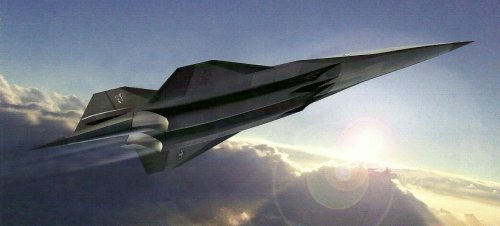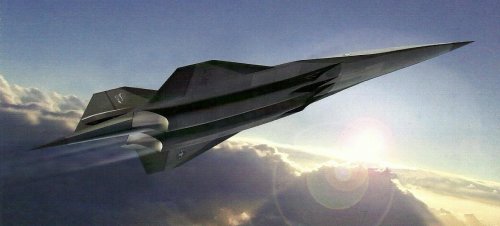bobbymike said:
Here is a link to a picture of the system at Aerojet's website. Look under capabilities/airbreathing propulsion. I have not heard of Pyrodyne nor this system. Supposed to be able to operate from 0 to Mach 10 as a single integrated engine platform, interesting.
http://www.aerojet.com/pix/capabilities/pyrojet_01.jpg
Pyrodyne was a small company started by Fred Billig. Pyrodyne teamed with Aerojet for the design of this turbine based combined cycle propulsion system. When Fred passed away Pyrodyne ceased to exist. One former Pyrodyne principle formed GoHypersonic.
For details see:
Integration and Vehicle Performance Assessment of the Aerojet "TriJet" Combined-Cycle Engine
Adam Siebenhaar, Aerojet, Sacramento, CA; Thomas Bogar, The Boeing Company, St. Louis, MO
AIAA-2009-7420
16th AIAA/DLR/DGLR International Space Planes and Hypersonic Systems and Technologies Conference, Bremen, Germany, Oct. 19-22, 2009
The Advanced Combined-Cycle Integrated Inlet Test Program -Test Results
Timothy O'Brien, Aerojet, Sacramento, CA; David Davis, Aerojet, Sacramento, CA; Jesse Colville, Aerojet, Sacramento, CA
AIAA-2008-2637
15th AIAA International Space Planes and Hypersonic Systems and Technologies Conference, Dayton, Ohio, Apr. 28-1, 2008







